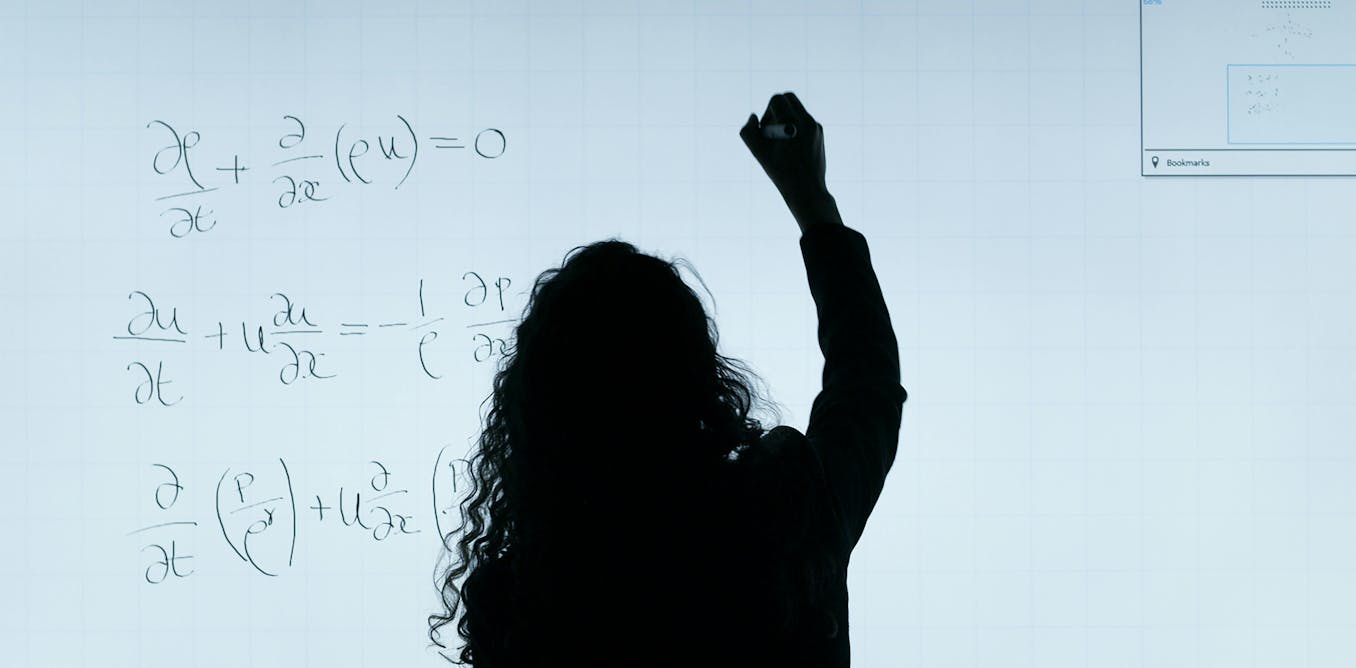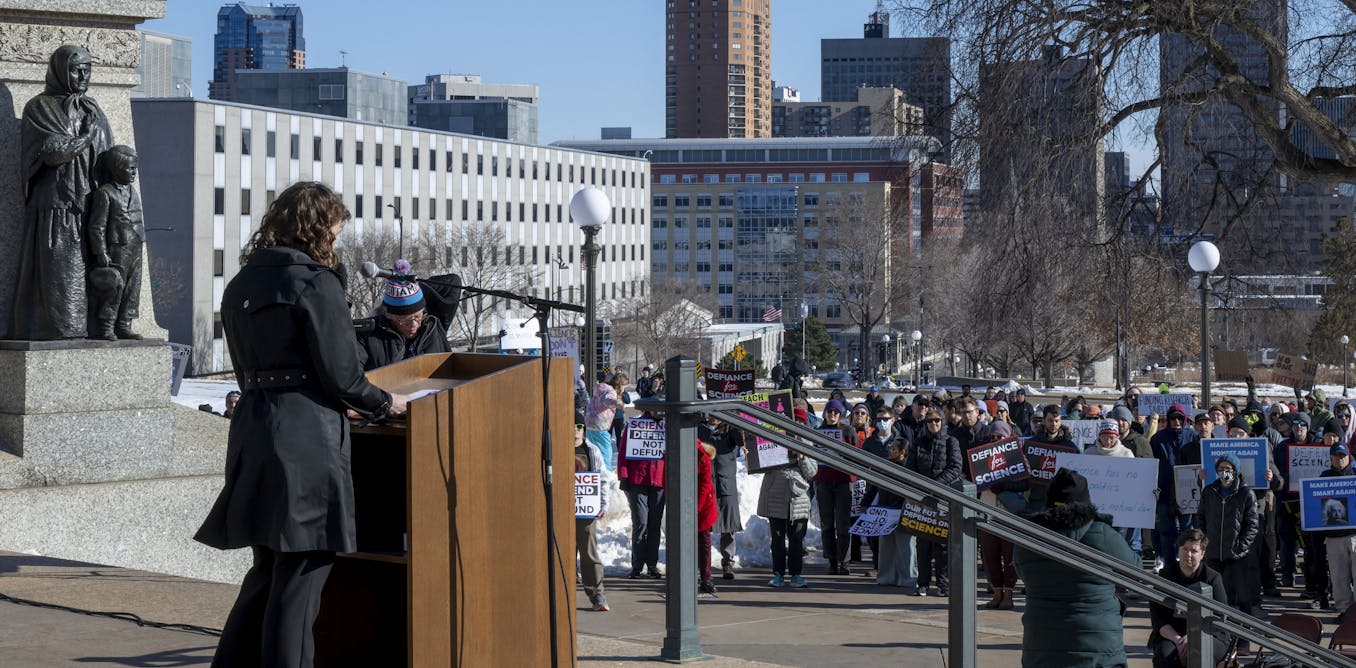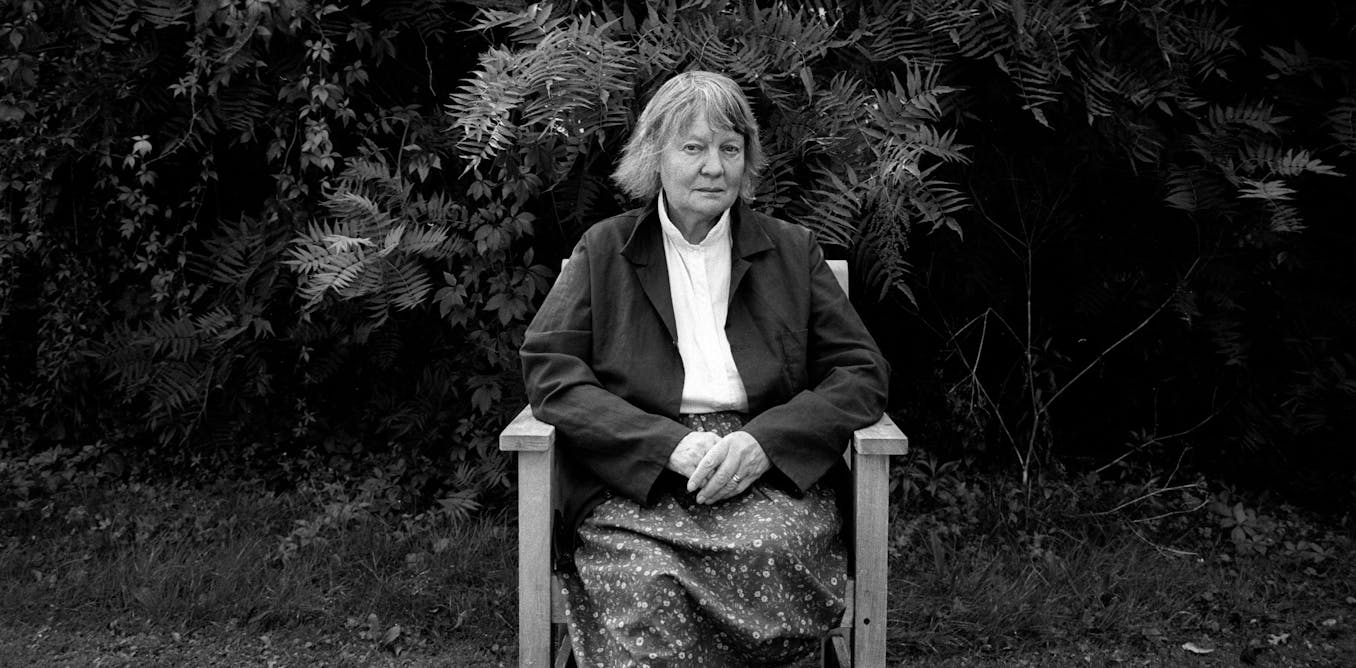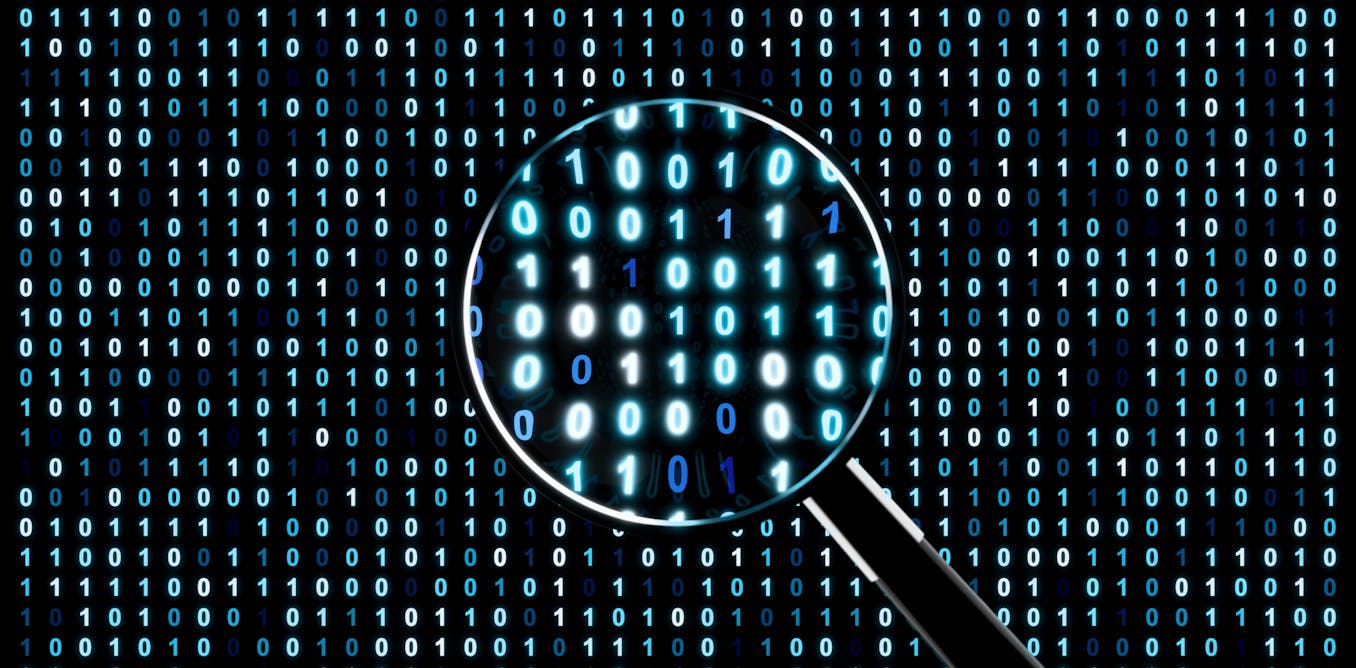John O’Donnell’s TED Talk, “Can a Simple Brick Be the Next Great Battery?” presents a groundbreaking solution to the problem of industrial heat and its impact on global carbon emissions. O’Donnell highlights the fact that industrial production is the largest consumer of fossil fuels in the world economy, and the need for a new, cleaner source of heat to drive industrial processes.
The solution? Electrification. O’Donnell explains that as wind and solar power costs continue to drop, there is an opportunity to use clean energy to power industrial heat. The challenge, however, lies in the need for continuous energy sources, as industrial processes require heat around the clock.
This is where the concept of storing electricity as heat comes in, and O’Donnell and his team have developed a revolutionary “heat battery” using simple materials like bricks and iron wire. The heat battery, when heated with electricity, stores energy as heat which can then be used to power industrial processes without relying on fossil fuels.
The use of such a heat battery promises a significant reduction in global CO2 emissions, offering a simple, low-cost, and efficient solution to the energy needs of the manufacturing industry. O’Donnell’s hopeful message is that with the right tools and support, this technology can be scaled up to revolutionize the industry and significantly impact global emissions.
Watch the video by TED
Video Transcript
I get a deep sense of hope when I look at this brick. It’s going to spend the next 50 years of its life cutting CO2, and bricks like it are going to cut 15 percent of world CO2. So let’s talk about that, but first, we have to talk about fire. Fire warms us, heats our homes, cooks our food.
We also use fire to make almost everything. Industrial production, making stuff, uses more fossil fuel than any other part of the world economy. We burn coal, oil and gas to make steel, calcined cement, cook baby food, make glass, make fabric, everything. We don’t notice it in our daily lives,
But industrial energy use is the largest part of the total world economy, and industrial heat is a quarter of world fossil-fuel use and world carbon emissions. Let me say that again — industrial heat is a quarter of world carbon pollution. We need the stuff we make.
We need to decarbonize our industry, not deindustrialize. How? If we had a new kind of fire, we could decarbonize today and avoid the time and costs associated with replacing our factories that run on heat. If we had clean heat … we could have the stuff that we use
And we could have a giant drop in world emissions. But for decades, we’ve dreamed of burning hydrogen or capturing carbon to get clean heat, but costs and challenges continue to delay their deployment. The good news is today, there is a faster, cheaper way of doing it — electrification.
Analysts now say that electrified industrial heat is the next trillion-dollar market. I agree, they’re right, because the ongoing cost-dropping in wind and solar — power costs now are dropping to the point that wind and solar cost less than the fuels our factories burn. So we have the economic conditions to drive to scale.
We also have the capacity to build at scale. Today, we have everything we need to build wind and solar at scale to repower industrial heat. Yes, it’s terawatts, it’s five times more wind and solar than is in the world today. But there is a solution. We have everything we need, except continuity.
Right? The wind blows and the sun shines only some of the time. Heavy industry needs heat all the time. So we need to store energy some of the time so we can have clean heat all the time. How? Most ways of storing electricity are too expensive or inefficient to use for industrial heat.
But what if we just stored heat? Storing electricity as heat can be simple and really low-cost. Teams around the world are now trying to build industrial heat batteries that store energy this way, using new materials, like liquid salts, liquid metals and solid carbon. And some of these are going to work.
They’ll take time, time to learn if they’re safe, time to learn how long they last, time to learn how to make a lot of something new. My colleagues at Rondo found a way to save time, to go faster, by using old materials that the world already makes in volume. What were they?
Here’s a hint — one of them was brick. The other was iron wire. Why brick? 200 years ago, the steel industry introduced a coal-saving technology. They started building blast stoves that store heat at thousands of degrees in thousands of tons of brick. Brick is basically made from dirt,
And dirt is available at scale. When it’s red-hot, a brick stores as much energy as a lithium-ion battery, per pound, costs ten times less, lasts ten times longer. Half a million tons of brick are storing heat at steel mills around the world, right now. Iron wire? A hundred years ago, a new alloy for heating elements,
From toasters to industrial furnaces, was invented. It is made only of iron with a little chromium and aluminum. Today, that heating element is on your kitchen counter and in industrial furnaces and kilns around the world. Combining brick and wire could be really cost-effective.
We would know how to make a lot of it right away, but there are some challenges. If you overheat a brick on one side, if you don’t heat it evenly, it can crack. If you overheat just one spot on a wire, the wire may fail. We’ve finally found the way to do it.
The way to combine these was to heat brick the way your toaster heats bread, the way the sun heats the Earth with radiant heat. It only took us 74 design revisions to find the solution, and hundreds of simulations. But the key insight — heating brick with radiation.
We built a 3D checkerboard of brick and open chambers. The chambers let radiant heat spread the heat evenly so electricity can heat thousands of tons of brick to thousands of degrees, safely and evenly. Once you’ve done that, now you have stored energy, and delivering clean heat is really simple:
Push air into the brick stacks, superheated air comes out that powers your kiln or your furnace, or heats a boiler to make steam for your chemical plant or your food-production facility. Presto, you have a heat battery: an industrial boiler that runs all day, all night, all year on the wind or the sun.
A cement kiln that burns no fuel, a chocolate factory with zero scope 1 and scope 2 emissions. Simple, low-cost and efficient. I brought this brick for show-and-tell. It’s going to spend the next 50 years of its life in a heat battery, running at thousands of degrees, over a thousand C.
When it’s at temperature, it stores more energy than a Tesla Model X. We put about 3,000 of those in a box to make one heat battery. We didn’t have spares, this is actually going into a unit. We are now at this very interesting point. Technology like this is simple. It’s boring. It can go to scale fast. If you want to go to scale fast, it’s good to be boring, to use these simple processes. There is a valley of death that everyone talks about, about new technologies,
Between new technologies where high capital costs can absorb uncertainty, and low capital costs, huge infrastructure, needs certainty. New and boring is a really strange combination, but it’s an excellent recipe for going fast. Leading climate-investment funds, industrial producers agreed that our kind of boring is a good idea,
And have helped us build a great team to build big and go fast. Today, Rondo is supplying heat for low-carbon fuel production and developing projects around the world that will produce food, chemicals, metals and cement. We are producing bricks at gigawatt scale and growing that production, over the next few years, a hundredfold.
So we’re at the beginning of a rapid ramp. Tackling our climate crisis needs our will, but it also needs tools to build big, new energy infrastructure fast. This is one of those tools. It’s a six-gigaton tool. Analysts say the fully decarbonized world needs twice as much heat-battery storage as grid-battery storage.
Heat batteries powered by the wind and sun will lower, not raise, the cost of making the things we need in the decarbonized world. This new kind of fire will power a safer, more prosperous, more just world for our children and their children. Our challenge, Rondo’s great opportunity,
Is to build at scale to repower the world’s industries, and save 15 percent of world CO2 emissions. And with your help, we can get that done in 15 years. That’s why I have hope, and I hope you do, too. Thank you.
Video “Can a Simple Brick Be the Next Great Battery? | John O’Donnell | TED” was uploaded on 01/26/2024 to Youtube Channel TED


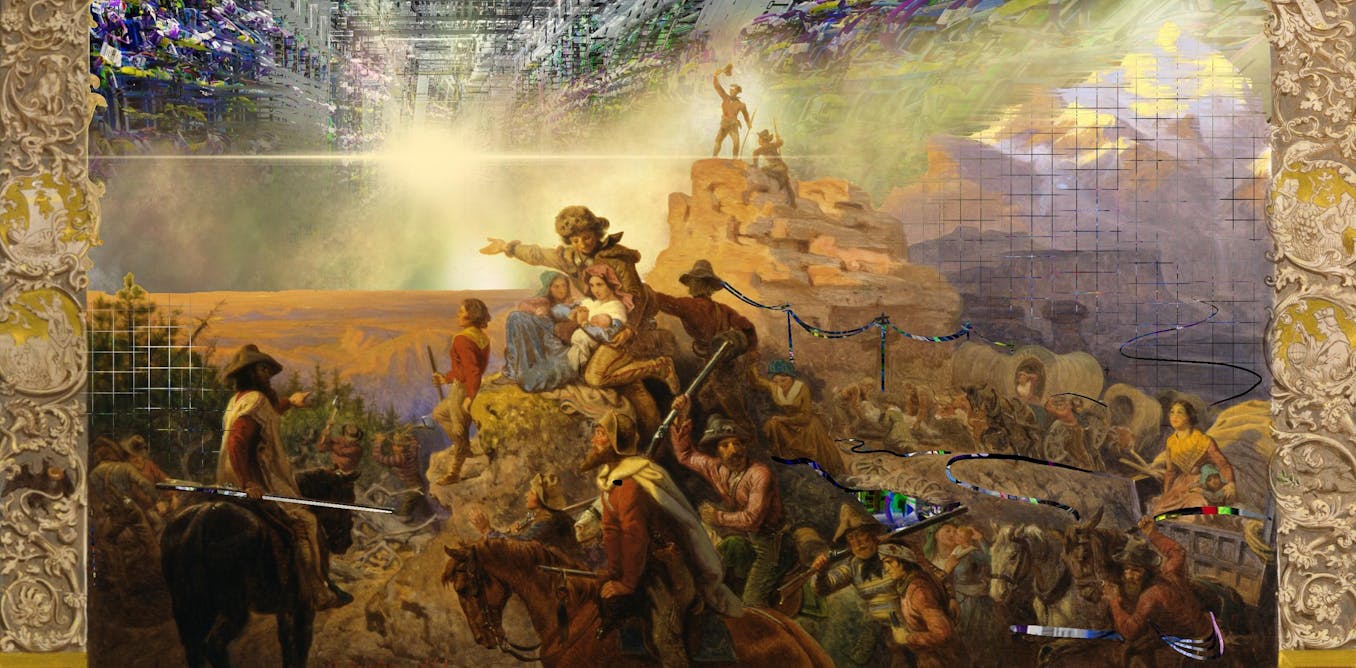

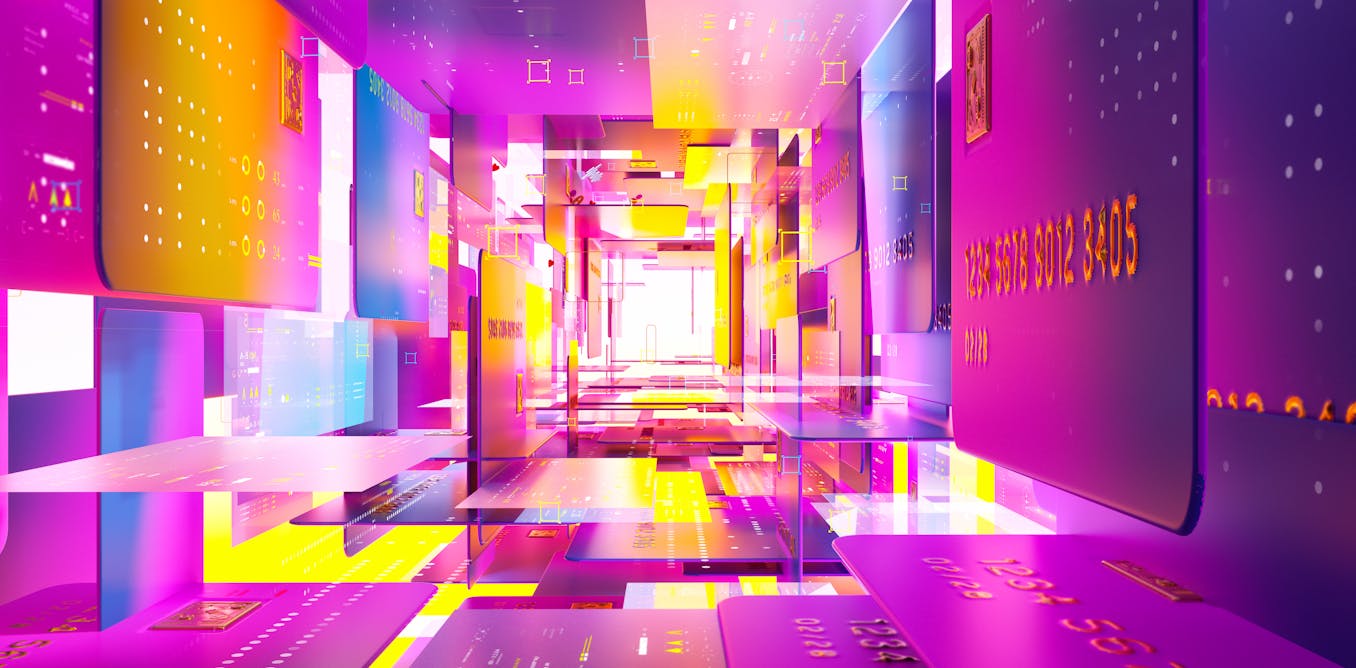

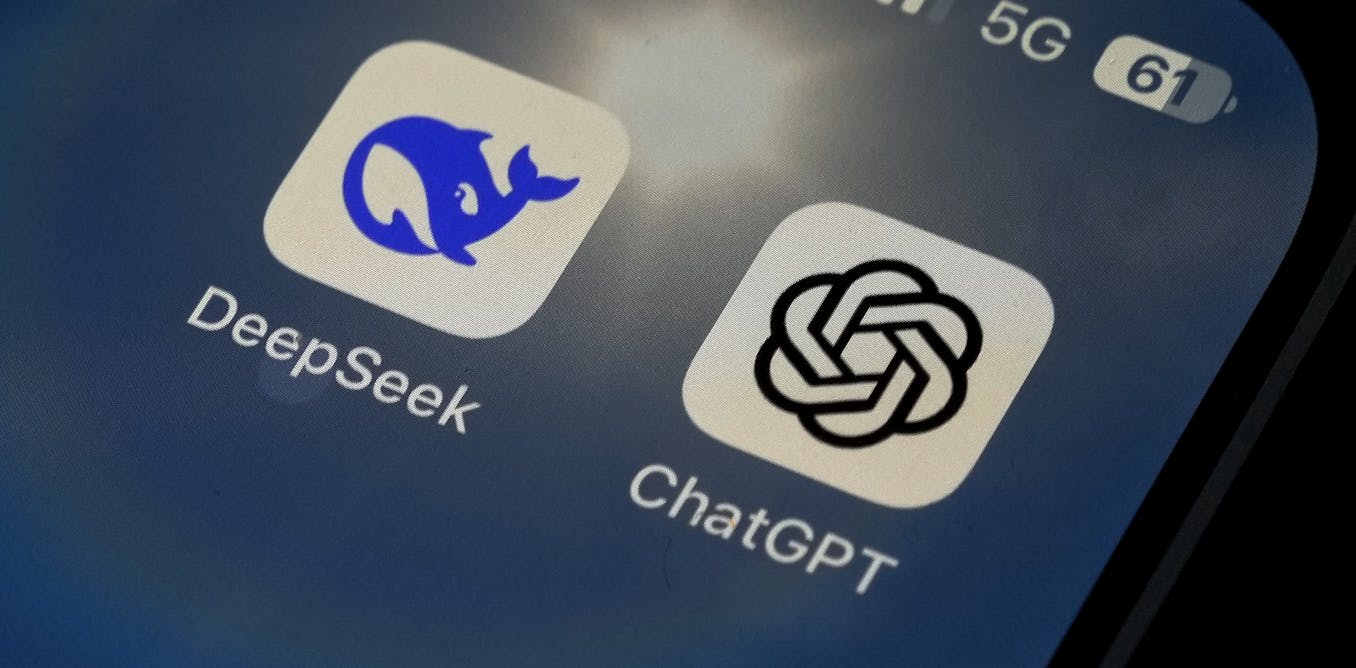





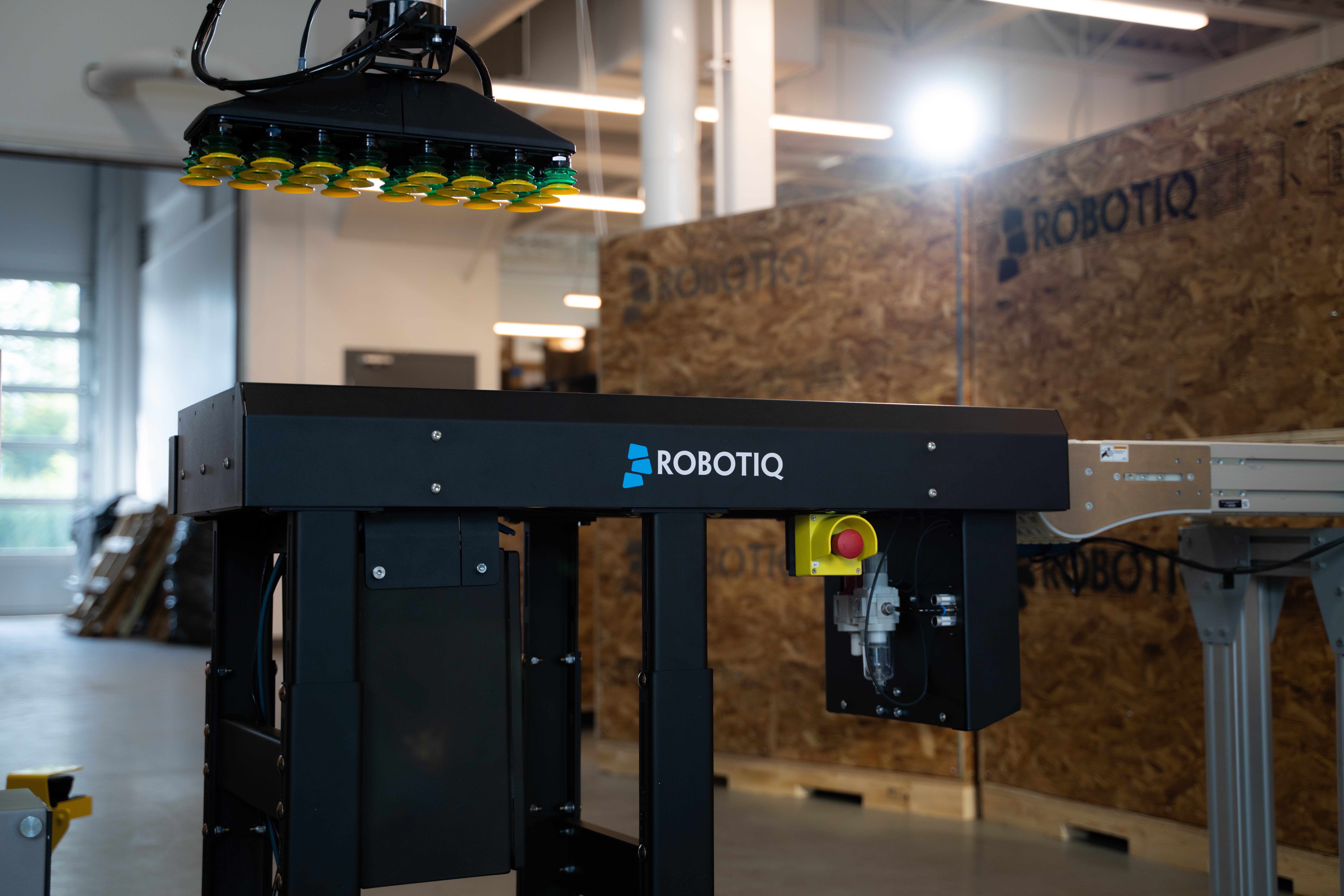


-2.jpg)

